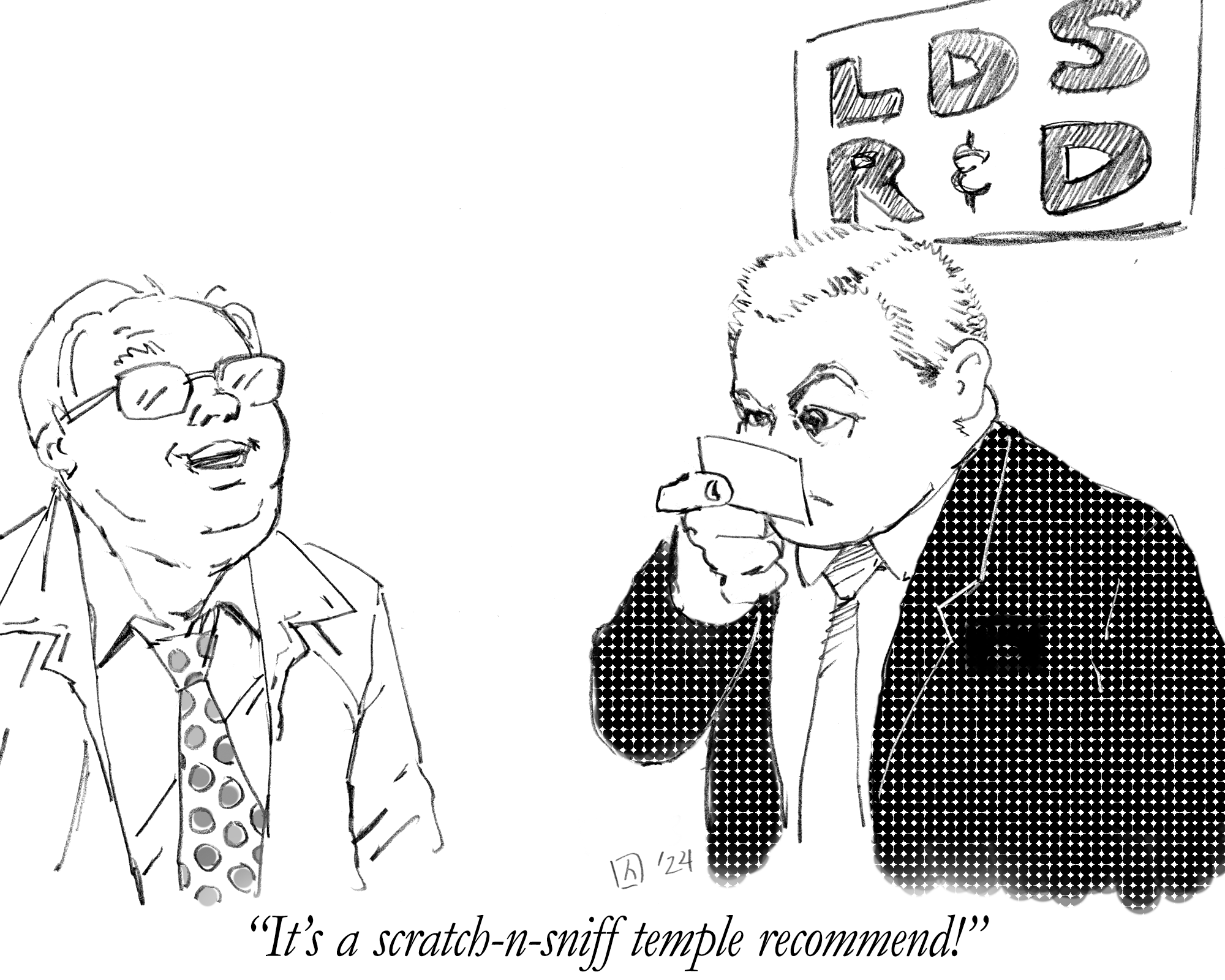“Avoidance is the best short-term strategy to escape conflict and the best long-term strategy to ensure suffering.” ~ Brendon Burchard
From early childhood, many of us have grown to view conflict as negative—something to be avoided at all costs if we want to live happily. Therapists commonly report conflict avoidance as one of the most prevalent intimacy problems that come up in couple counseling sessions. While conflict is an inevitable and necessary part of relationship functioning, individuals sometimes go to unhealthy lengths to prevent, minimize, or avoid arguments, paradoxically creating greater conflict for the relationship down the road.
A recent national research study, published by the Wheatley Institution and the Austin Institute, sheds some light on pornography-related conflict as both a possible motive for concomitant concealment and the seemingly paradoxical result.
The sample for the study, collected in the summer of 2020, was recruited from across the U.S. to represent people of various ages, races, education levels, religions, and geographic regions. To be included, participants must have been at least 18 years old and in a committed relationship (i.e., seriously dating, cohabiting, or married). Eventually, there were two samples used—one with 3,750 individuals and another with 713 male-female couples.
The authors of the study found that 1 in 5 couples experience conflict in their relationship due to pornography use. And this is not surprising, since other research indicates that just over 50% of young adult women believe that pornography viewing is unacceptable behavior, whereas almost 9 out of 10 young adult men report using pornography to some degree.
In essence, half of young women are seeking ideal pairings with 10% of men—the ones who don’t use pornography. Of course, many women don’t end up pairing with these distinctive men, and for that reason, pornography use can readily become a source of relationship tension for many couples. And subsequently, many individuals keep pornography use hidden from their romantic partners—evading the risk of relationship conflict or disapproval. The authors call this lack of openness about pornography use “pornography concealment.”
Indeed, results suggested that partners are largely unaware of how often their significant other uses pornography. Results exhibit that women consistently underestimate both softcore pornography use (i.e., sexual material with simulated sexual acts that does not explicitly show genitalia) and hardcore pornography use (i.e., sexual material with full depiction of actual sex acts and nudity) by men. By comparison, men consistently overestimate the softcore and hardcore pornography use by women, as shown in Figures 1 and 2.
These data show that, generally, men and women do not seem to be on the same page, when it comes to an awareness of each other’s pornography use. To go deeper into couple dynamics surrounding pornography use, the authors of the recent study analyzed couples data from the 713 heterosexual couples to see if partners are more in tune with each other’s pornography use within their own relationship. Overall, most couples were likewise surprisingly unaware of their partner’s pornography use, as illustrated in Figure 3.
While slightly more accurate than the general estimates cited earlier, these results indicate that when partners are utilizing pornography alone, the majority of their partners are unaware of either the nature or extent of such use. For example, only about one-third of women correctly assessed their partner’s pornography use. Altogether, these results indicate that pornography concealment is a common practice in relationships today.
However, couples are not oblivious to the potential for pornography concealment. One in every three dating women reported that they were worried that their partner was withholding some details about their pornography use, and one in four married women and men reported some worry about this issue. Research confirms that even this kind of wondering about concealment can reduce trust and increase conflict in relationships over time. That worry and decrease in trust that partners experience are likely reasons why couples experience conflict regarding pornography.
As far as the motive behind concealment, one in four men reported hiding or withholding their pornography use from their partner due to either fear of their partner’s reaction or not knowing how to communicate about it. Concealment is often initially intended for a stabilizing purpose—to avoid or minimize conflict, and to reduce the pain and further harm that regular disclosure might involve. However, concealment efforts to avoid conflict early on can paradoxically create more severe and increased conflict down the line.
While it is true that some men can overwhelm their wives or girlfriends from constant disclosure about temptation and struggle (better directed at a male accountability partner), this research also suggests that self-concealment from one’s partner is generally associated with lower relationship satisfaction and decreased commitment and is negatively associated with relationship well-being. While pornography concealment serves as a short-term conflict buffer, it becomes a poor strategy for long-term relational intimacy and stability.
When reading these results, some may think that pornography concealment is not affecting their relationship because their partner doesn’t use pornography—or doesn’t use it that much. Unfortunately, thoughts like these may prolong pornography concealment and prevent important conversations from taking place among couples. While the study does not suggest that most couples are purposefully hiding things from each other, it does highlight the importance of initiating intentional conversations about pornography. Open and honest conversation is a crucial catalyst for behavioral change and alignment between romantic partners.
Though concealment can increase couple conflict regarding pornography use, it is important to acknowledge that concealment is only one contributing factor to the impact of pornography on relationships. Interestingly enough, couples who are on the same page with pornography use might also be included in those couples that have a conflict regarding pornography. That is, even couples who are open and honest about their pornography use may be at risk for decreased relationship quality.
For example, data from 30 national surveys collectively show that pornography use is almost always a predictor of poorer relationship quality. The recent report echoed this finding: as the relative frequency of pornography use increased, couples experienced a consistent decline in relationship stability, commitment, and relationship satisfaction.
Couples, where both partners report that they do not use pornography at all, had the highest levels of relationship stability, commitment, and relationship satisfaction, with 90% of these couples reporting that their relationship is stable, committed, and satisfying to them.
Taken together, the results from the recent study lead us to suggest that couples may not understand as much as they think about each other’s pornography use, with many partners concealing use to avoid increased conflict. However, contrary to the concealer’s intent, pornography concealment may play a key role in increased relationship conflict and is associated with decreased relationship stability, satisfaction, and commitment. Acknowledging that those in the healthiest romantic relationships tend to be those who avoid pornography altogether, openness regarding pornography use may be a helpful long-term strategy to promote relationship well-being.



















